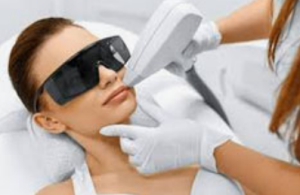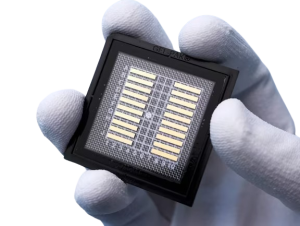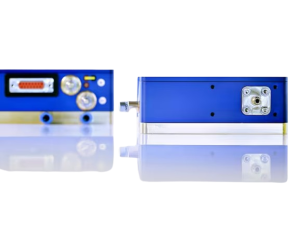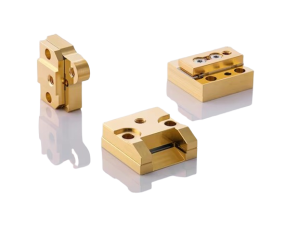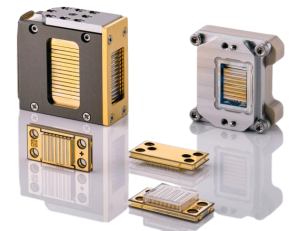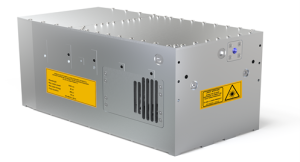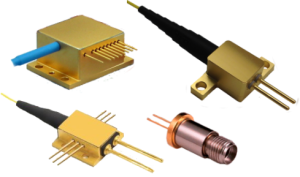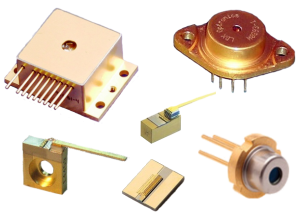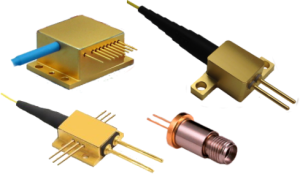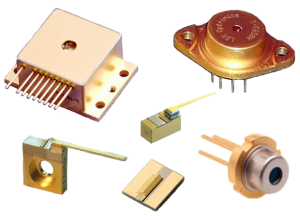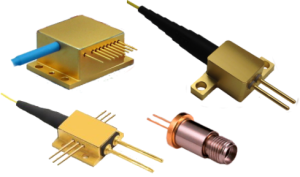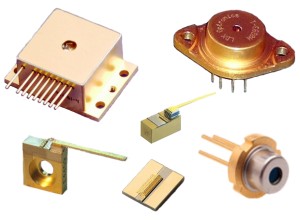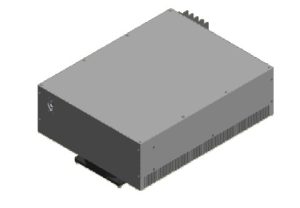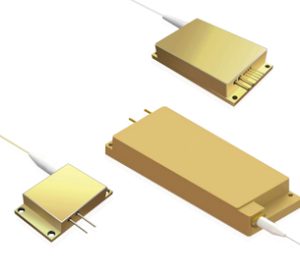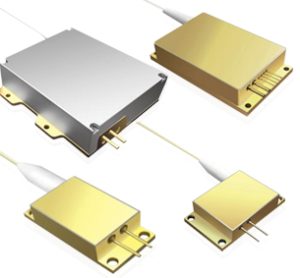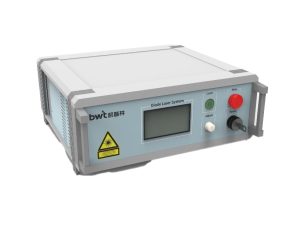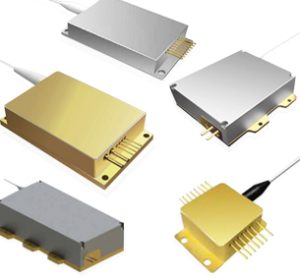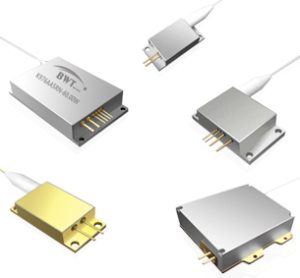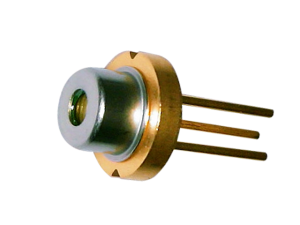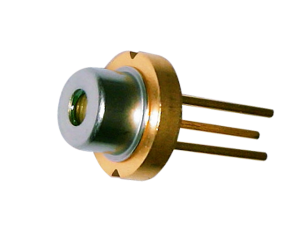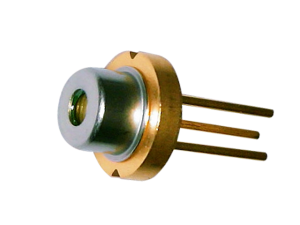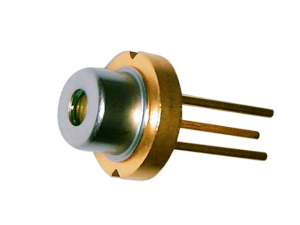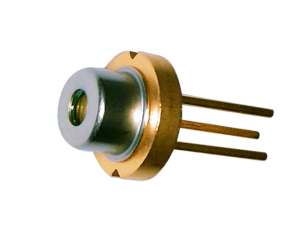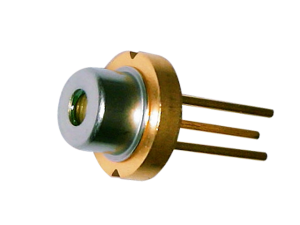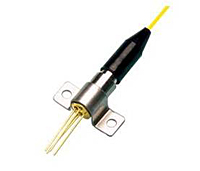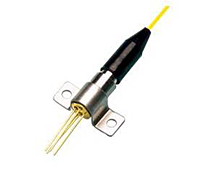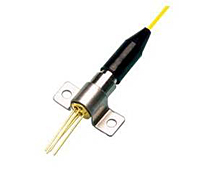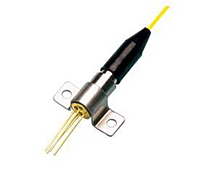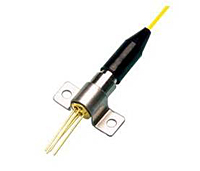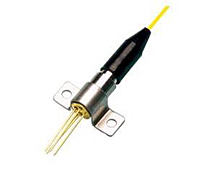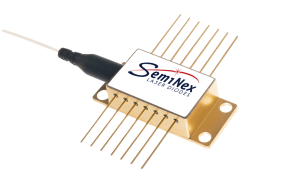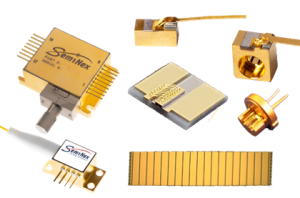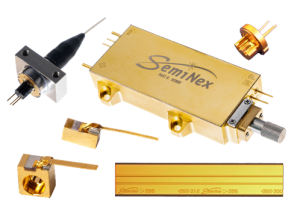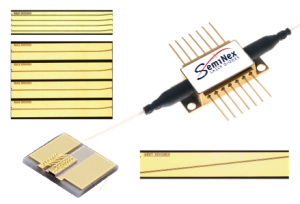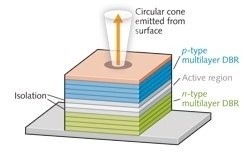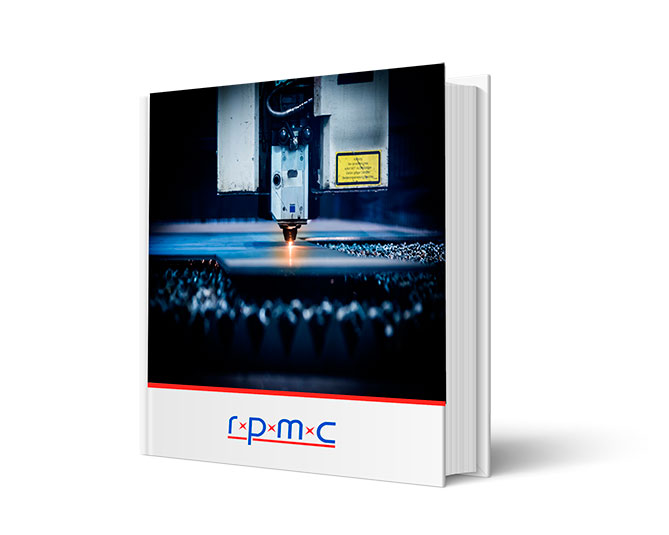Aesthetics Lasers:
Safe and Therapeutic Lasers for Medical Applications
-
-
-
-
- Reliable & Easy-to-Integrate, High-Volume Platforms for Medical Use
-
-
-
-
-
-
-
- Wide Range of Laser Types for Aesthetic Applications
-
-
-
-
-
-
-
- Specialized Wavelengths for Targeted Treatments
-
-
-
Why Choose an Aesthetics Laser?

Reliable & Easy-to-Integrate, High-Volume Platforms for Medical Use
-
- Compact, ruggedized, proven designs suitable for various clinical environments
- High-volume production capabilities – Consistent and reliable performance
- User-friendly controls for streamlined setup and efficient operation in cosmetic practices
Wide Range of Laser Types for Aesthetic Applications
-
- Many diode laser options & DPSS – Wide wavelength selection UV to SWIR
- Fiber-coupled to free-space designs – Multimode & single-mode setups
- From components to OEM to turnkey configurations, offering flexible integration options
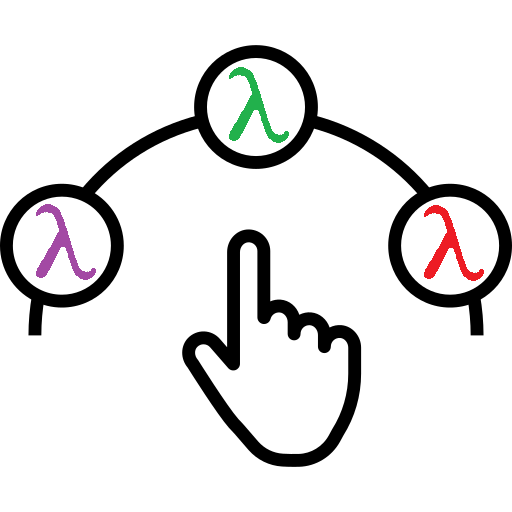
Specialized Wavelengths for Targeted Treatments
-
- Optimal for tattoo removal (532/1064nm), hair removal (800-810 nm) & acne treatment
- Precision-focused energy for minimal surrounding tissue impact, promoting effective results
- Flexible pulse durations & repetition rates to match varied skin types and treatment depths
Over the last 30 years, RPMC has fielded thousands of aesthetics lasers, built to endure the toughest conditions, delivering reliable performance from the shop floor to outdoor environments. Designed to withstand humidity, heat, dust, and vibration, these lasers provide consistent output with low maintenance, ensuring your operations run smoothly. With a versatile range of power, energy, and wavelength options, our lasers can be tailored to meet the specific demands of your application, from precision tasks to high-power throughput. We’re not just providing a product—we’re partnering with you to find the perfect solution and support you through every stage of your project, dedicated to helping you achieve long-term success.

 SHIPS TODAY
SHIPS TODAY 